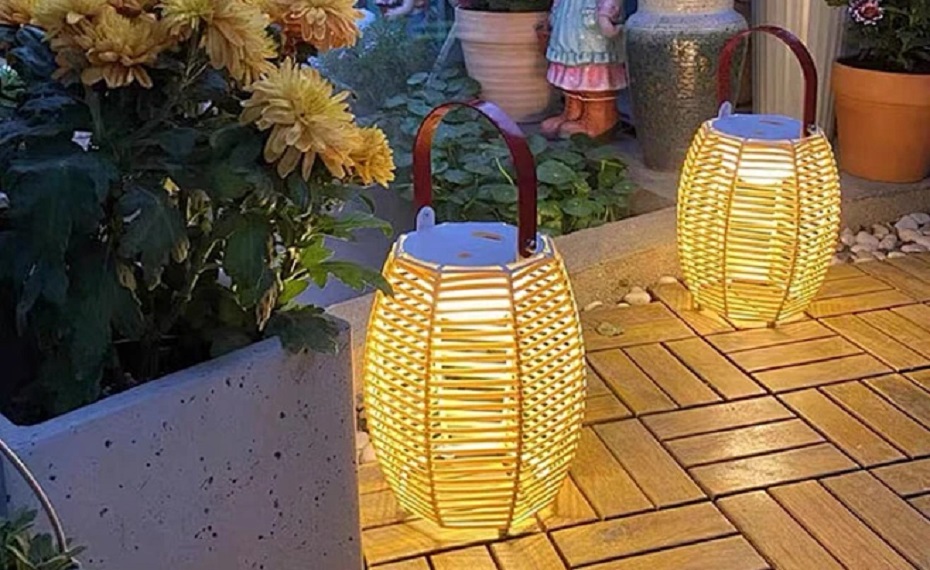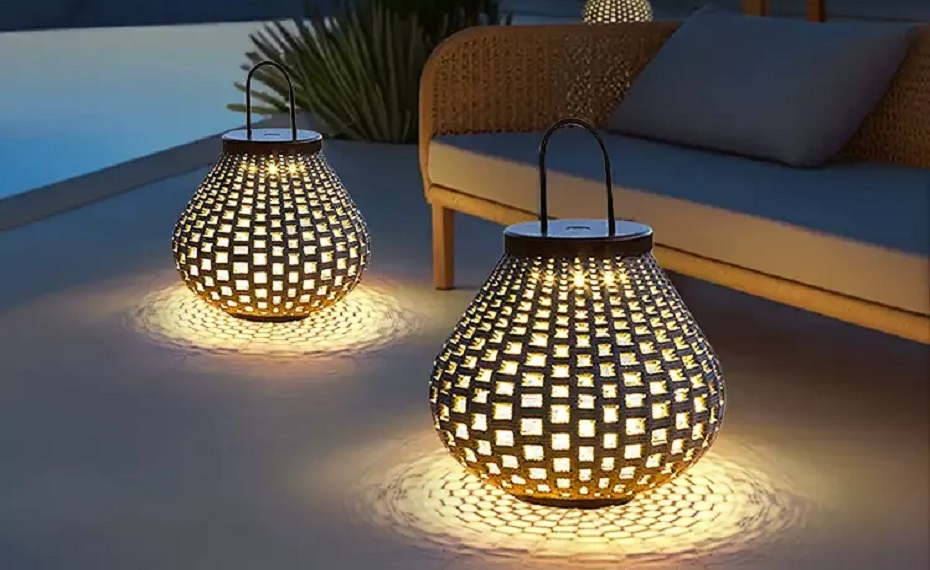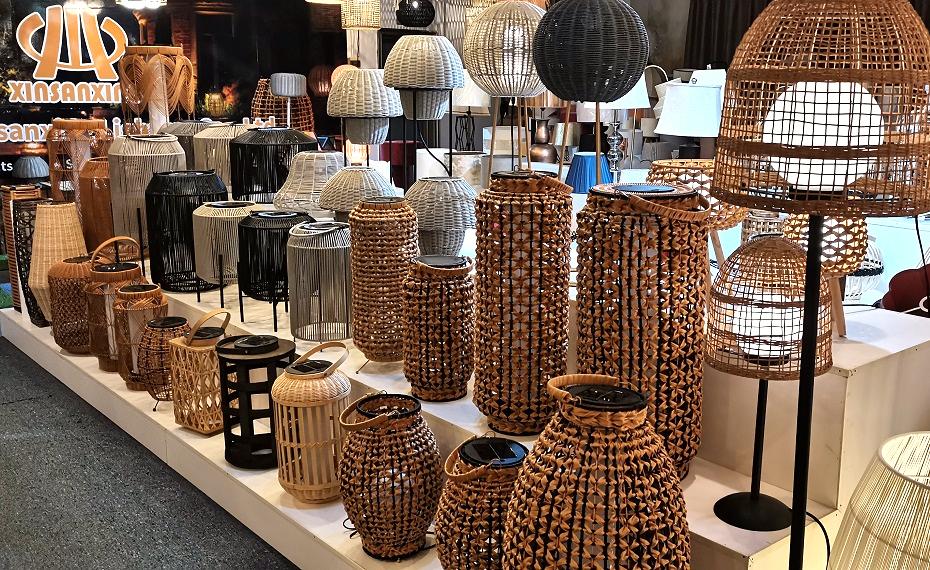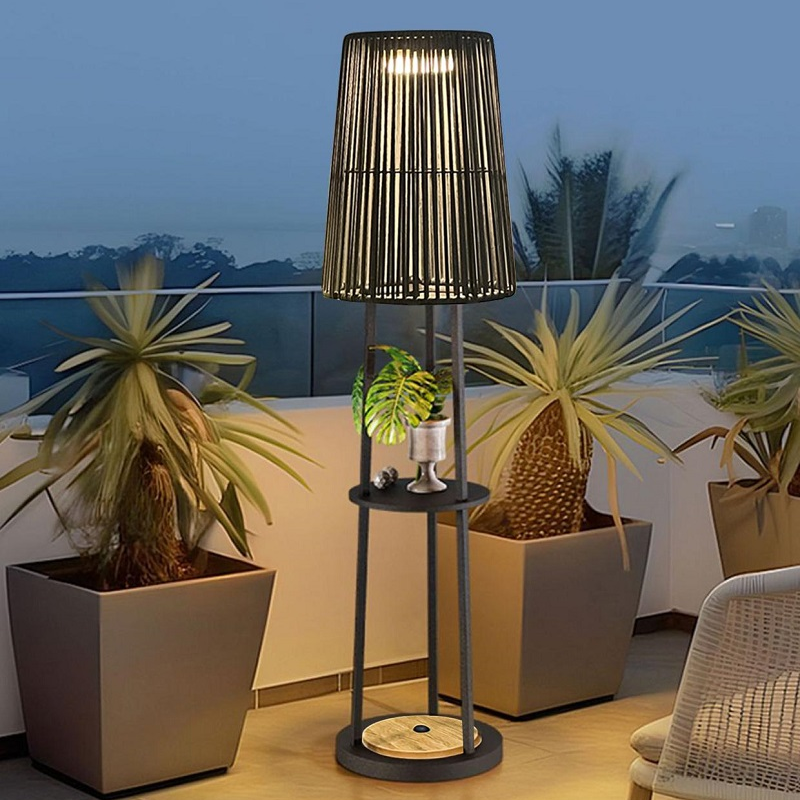The actual service life of outdoor solar lights is affected by many factors, including the quality of the lights, the environment in which they are used, and the maintenance they provide. Generally speaking, under reasonable use, their service life is similar.
The service life of the main components of solar outdoor lights, such as solar panels, LED lights, and batteries, is as follows:
Solar panels: The lifespan of solar panels of different qualities is certainly different. The average lifespan is about 10-15 years. The high-quality solar panels we use can usually be used for more than 20 years. Although these solar panels have a long lifespan, their photoelectric conversion efficiency will gradually decrease over time. If you have requirements for these, you may need to replace them in advance at the appropriate time.
LED lights: Compared with ordinary incandescent lamps, LED lights have a longer service life, are more stable, and are not easy to heat up. Their lifespan is usually between 25,000 and 50,000 hours, depending on the quality of the lamp and the conditions of use.
Batteries: Batteries are the most easily aged part of solar outdoor lights. Common battery types are nickel-metal hydride batteries (NiMH) and lithium batteries (Li-ion). NiMH batteries usually have a lifespan of 2 to 3 years, while lithium batteries can have a lifespan of 3 to 5 years or even longer.
Effect of the use environment on lifespan
Climate conditions: Extreme weather conditions, such as high or low temperatures, strong winds, heavy rain or snowfall, may affect the lifespan of solar lights. Bad weather can accelerate the aging or breakage of the lamp body material. Therefore, when choosing a solar light, it is necessary to consider the local climate conditions and choose weather-resistant materials suitable for outdoor use, such as aluminum or corrosion-resistant plastic.
Humidity and moisture: High humidity or prolonged exposure to water may cause damage to the battery or circuit board of the lamp. Solar lights with higher waterproof ratings (such as IP65 and above) are more suitable for humid or rainy areas and can effectively prevent water vapor from penetrating.
Sunlight intensity: The battery of a solar light needs enough sunlight to store energy to ensure brightness and duration at night. In areas with insufficient sunlight or long-term rainy weather, the battery storage efficiency of the solar light will decrease, affecting the brightness and lighting time of the lamp. Therefore, a location with good lighting should be selected during installation to maximize sunlight absorption.
Pollution and dust: Dust, leaves and other debris covering the solar panel will reduce its photoelectric conversion efficiency. Especially in windy and sandy areas, dust accumulation will significantly reduce the absorption efficiency of solar panels, thereby affecting brightness and battery life.
Effect of maintenance on lifespan
Regular cleaning: Dust or dirt on the solar panel will block sunlight and reduce the battery charging efficiency. It is recommended to gently wipe the solar panel with a damp cloth every month, avoiding the use of irritating detergents to protect its surface.
Battery maintenance: In the winter or rainy season when there is insufficient light, the battery of the solar lamp may gradually lose its storage capacity. It is recommended to replace the battery every one to two years to ensure stable lighting at night. In addition, avoid leaving the lamp idle for a long time or charging without light. Long-term non-charging may cause irreversible damage to the battery.
Lamp body inspection: Regularly check whether the lamp body is damaged, especially the lampshade, base and circuit part. If cracks or corrosion are found, the relevant parts should be repaired or replaced in time to prevent water vapor from entering and affecting the circuit.
Storage and movement: In extreme weather or when not in use for a long time, the solar lamp can be put away and stored in a dry and ventilated place. This can effectively avoid the erosion of the lamp body by bad weather, thereby extending its life.
Taking all these factors into consideration, the actual service life of solar outdoor lights is generally around 3 to 5 years. The service life of outdoor solar lights depends largely on environmental factors and daily maintenance. If you choose a reasonable installation location, perform regular maintenance, replace batteries and clean the solar panels, you can effectively extend the service life of solar lights.
If You Are in Business, You May Like
Post time: Nov-12-2024











